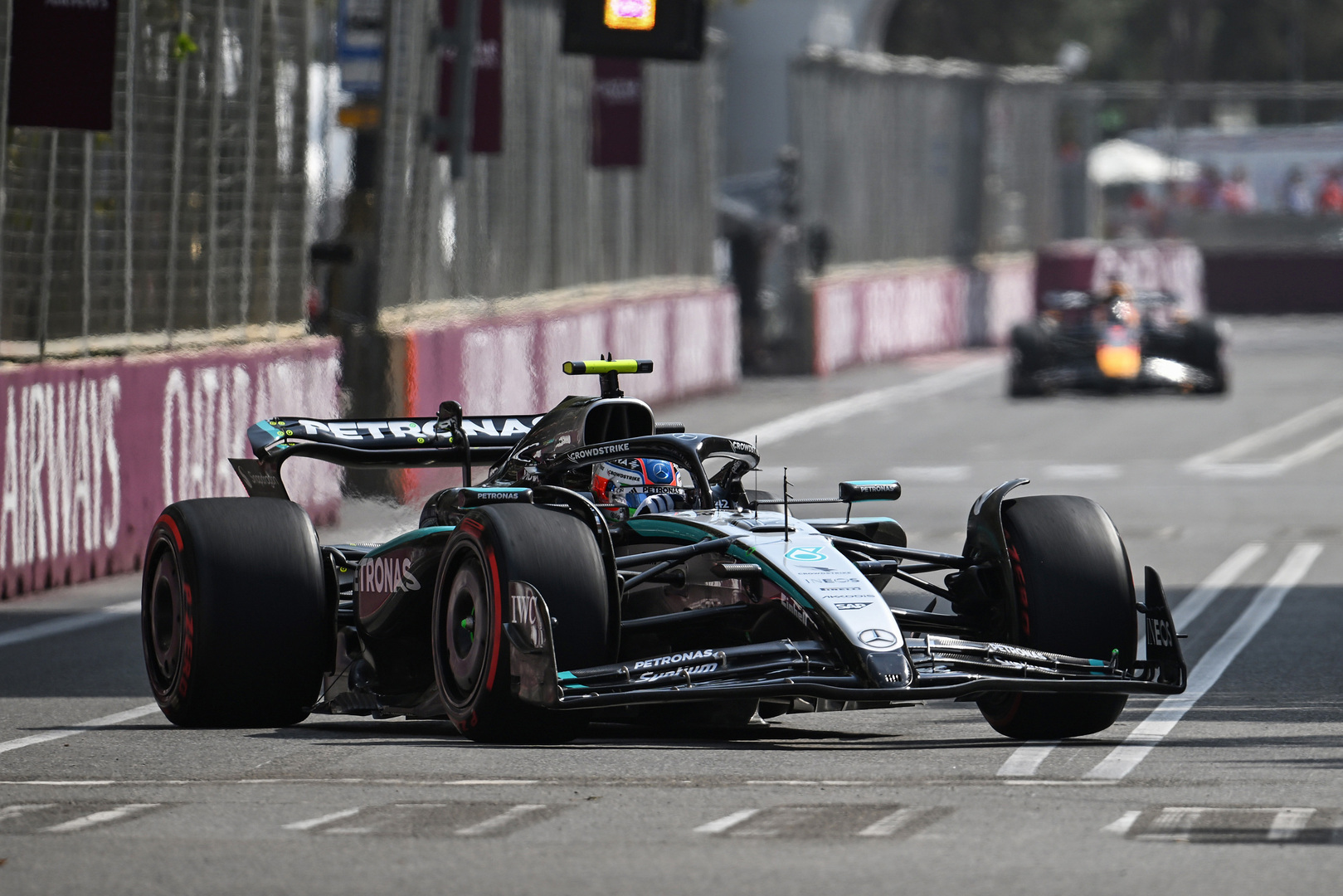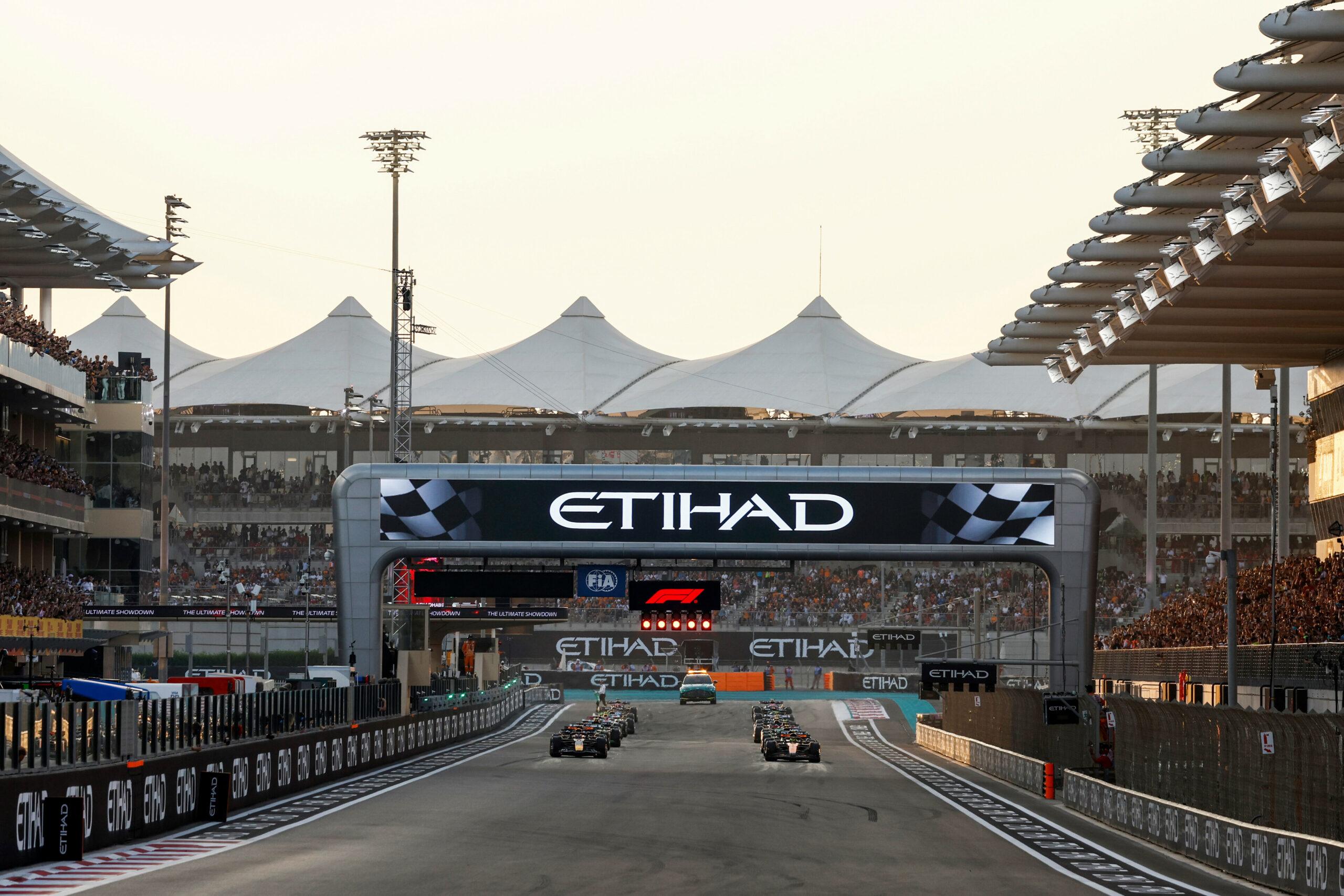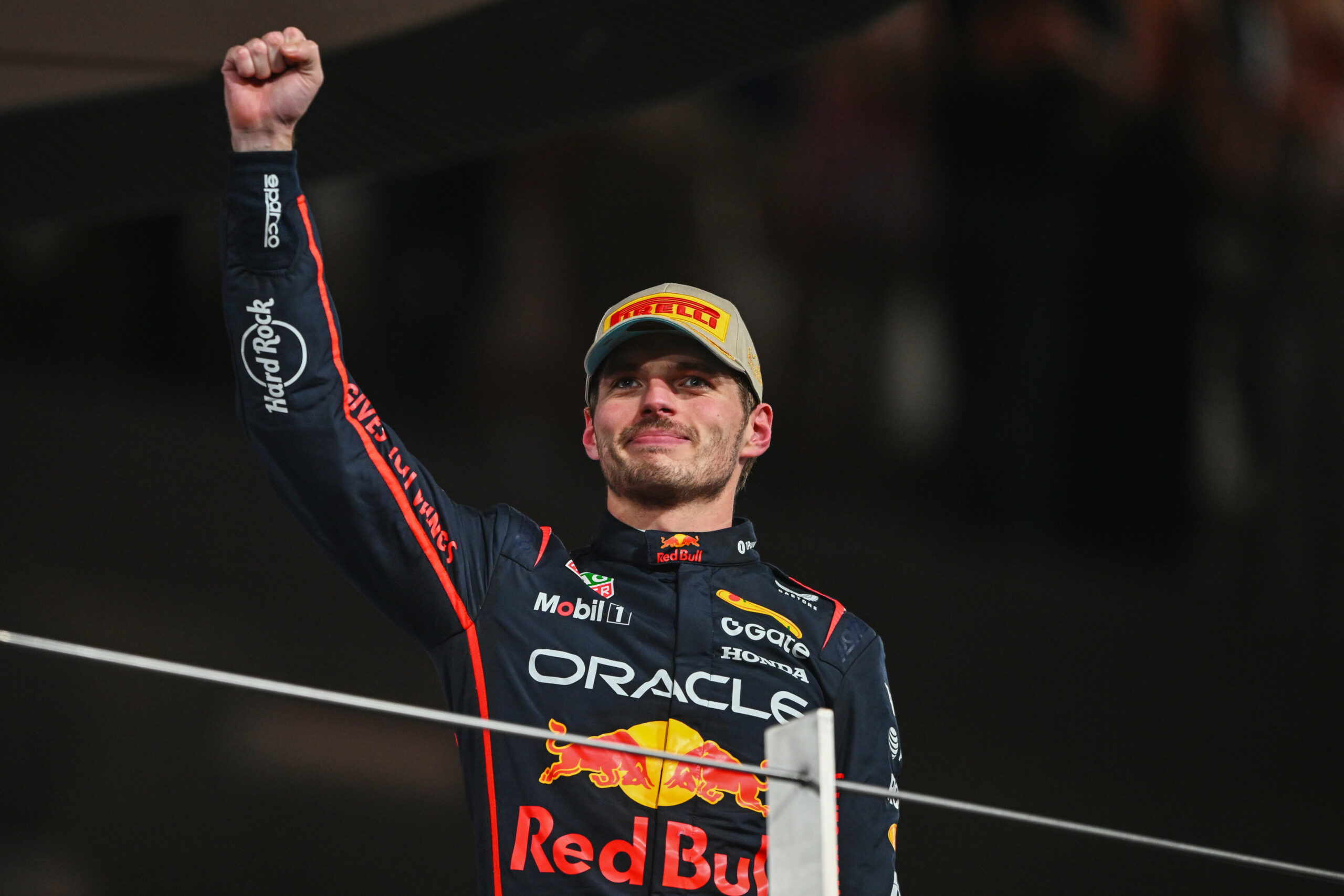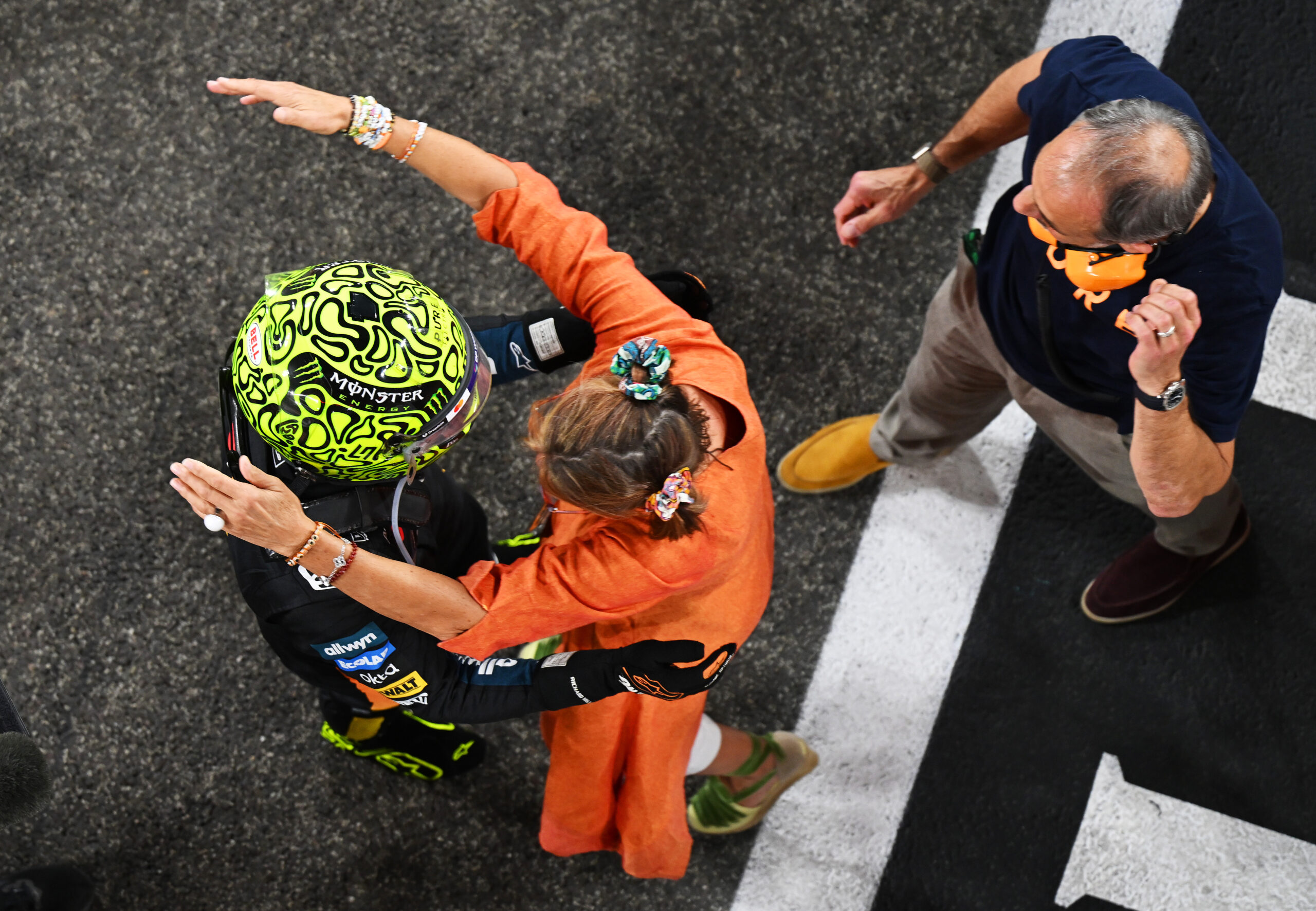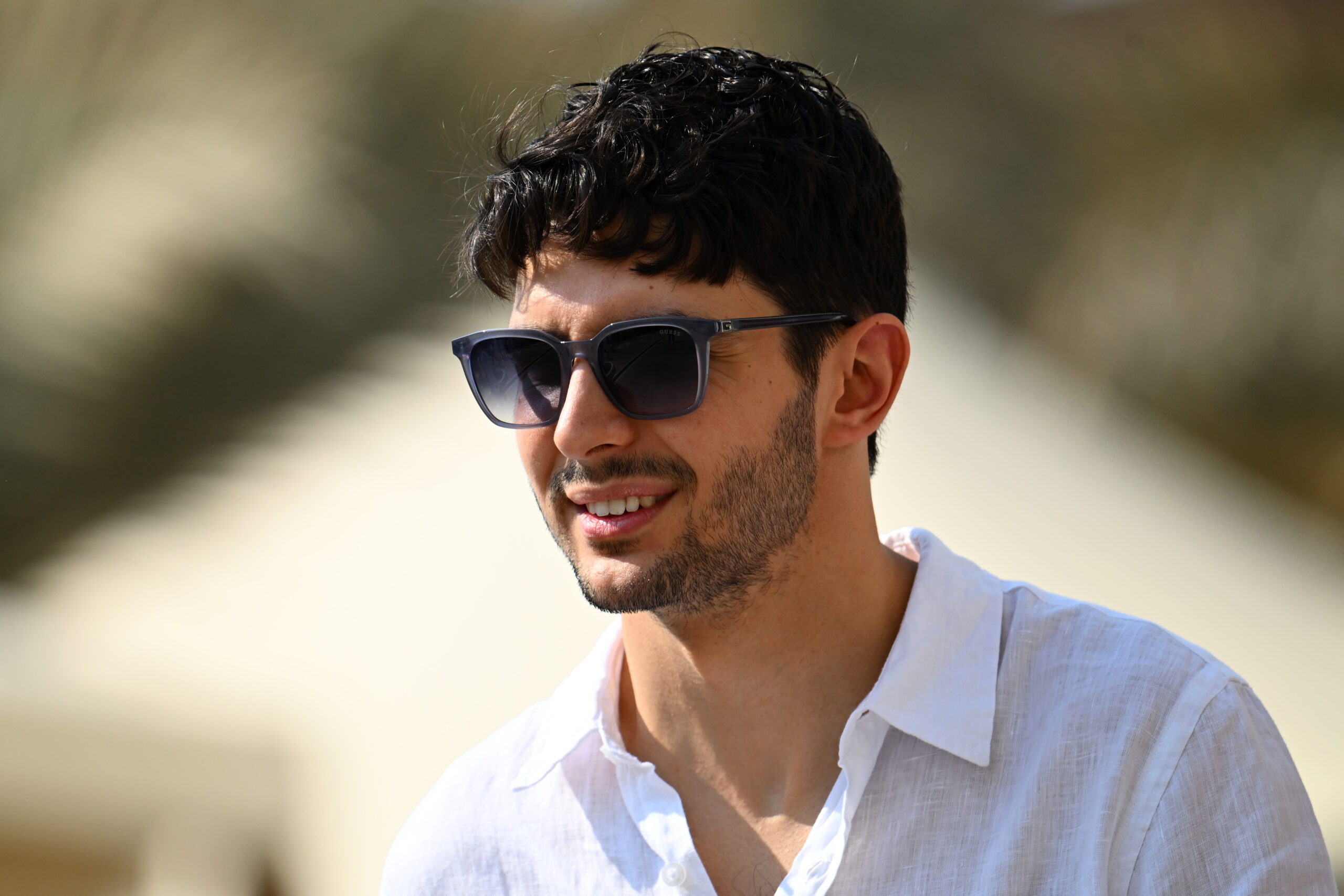As Formula 1 heads towards one of the most significant regulatory changes in its history, Mercedes’ Trackside Engineer Director Andrew Shovlin has given insight into the challenges of preparing for the new 2026 car. With the team already in full focus for the next era, development work has intensified ahead of the first test in Barcelona at the end of January 2026.
The incoming rules will make the cars smaller, 30kg lighter, and narrower, while introducing active aerodynamics, X-Mode low-drag configurations, and a “power boost” system for enhanced battery deployment. Power units will feature 300% more electrical energy with a 50/50 split between internal combustion and electric power, while fossil fuels will be banned in favour of fully sustainable alternatives.
Adapting and predicting performance
Shovlin described the complexity of aligning the chassis and engine development timeliness under these new parameters. “The car evolves week-on-week and as the car performance changes, the results from the simulations change,” he said. “There’s an element where it’s a moving target trying to make sure that the chassis package is optimised for the engine and the power unit package. So we’re building the complexity there, but it will be a difficult year.”
Teams are relying heavily on simulation tools to prepare. Therefore, Shovlin explained the challenge of predicting performance levels months ahead of the first running. “You’ve got a virtual representation of the car that we can run in a simulator. But you’re trying to predict where we’re going to be in four months’ time in terms of downforce levels, because there’s no point in doing all your work with something that will never actually run on the track. You want to be doing it with something that’s representative of what you’re going to roll out with.“
Tyres and uncertainty across the grid
Pirelli has introduced narrow tyres for 2026; while the 18-inch diameter remains, the front will be slimmer by 25mm, and the rear by 30mm. Pirelli conducted its first 2026 tyre test in Barcelona, and has since continued in Budapest, and more recently in Mugello with Ferrari. At Mugello, Ferrari’s running was affected by rain, having to complete laps on intermediate and wet tyres, not just slicks.
With narrower tyres and a reduced minimum weight limit, tyre loads are another area of concern. “Pirelli are saying they’re getting all sorts of different suggestions of where cars are going to be on end-of-straight loads,” Shovlin noted. “But we’re all developing our cars in isolation. No one’s seen anything, and these days you don’t really hear anything from any other team as to how they’re getting on, so inevitably the most diversity you probably see is going to be straight off when everyone rolls their car out.”
He also highlighted how secrecy and expectation management will shape the competitive picture at the start of 2026. “The reality is some will be doing better than others and there may be a case that those that are doing particularly well want to downplay where they are. Some people might be presenting where they think they’ll get to, other people might be presenting where they are today.”
Similar looks, evolving details
Despite the significant changes, Shovlin expects the grid to remain visually recognisable at first. “I suspect with the way the rules are, the differences won’t be vast when we roll out. You’ll probably be in a similar boat to what we’ve got now where you can spot one car from another. If you painted them all the same colour you could probably tell which was which.”
“There are some areas of the car that will all look pretty familiar because the regulations don’t have a great deal of freedom. And then over time teams exploit areas more and more and you start to get more detail.”

